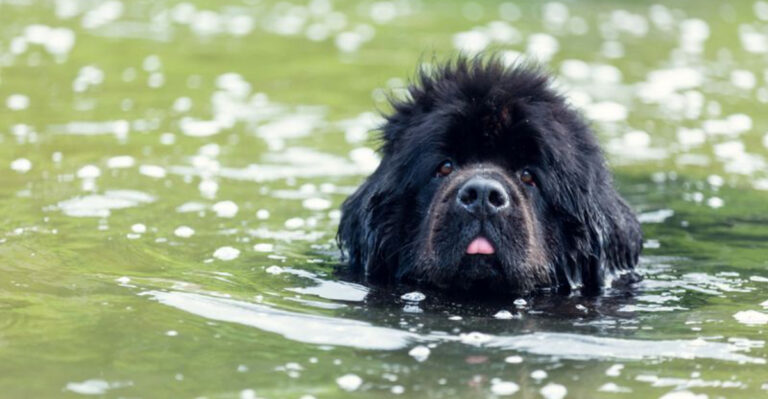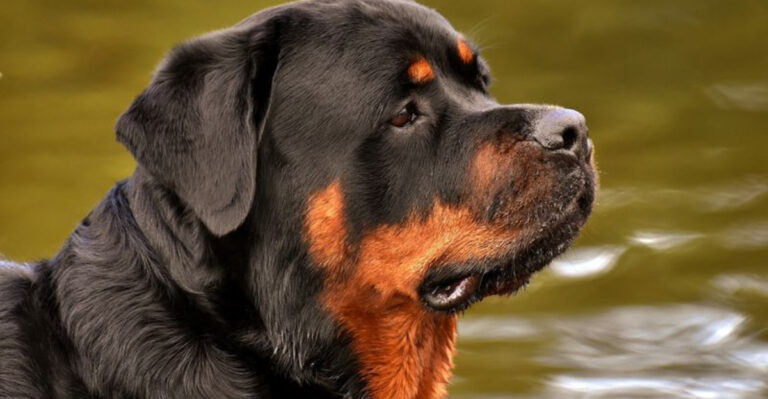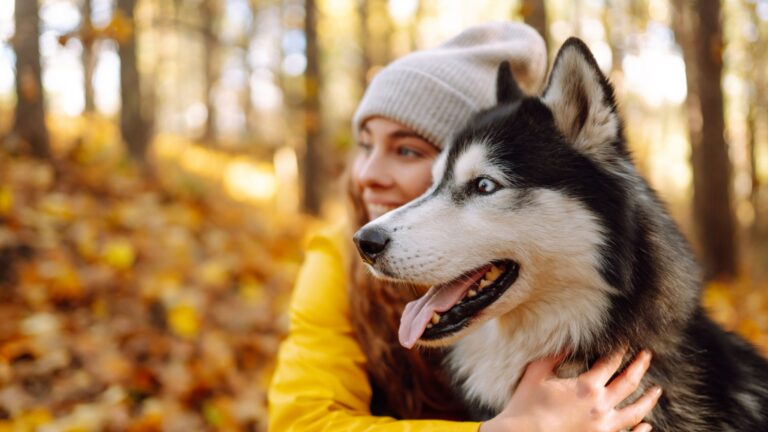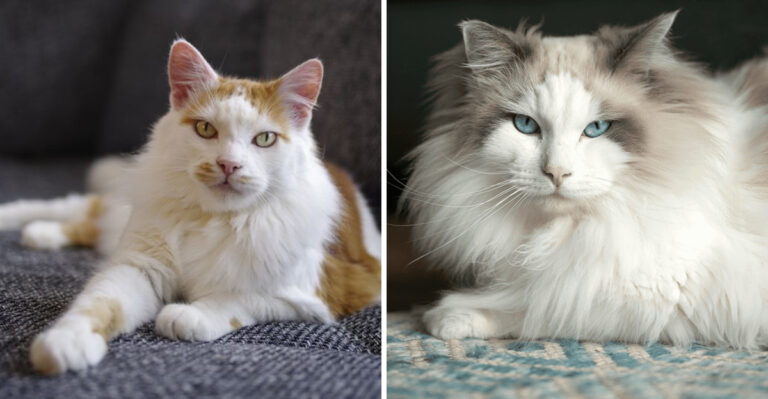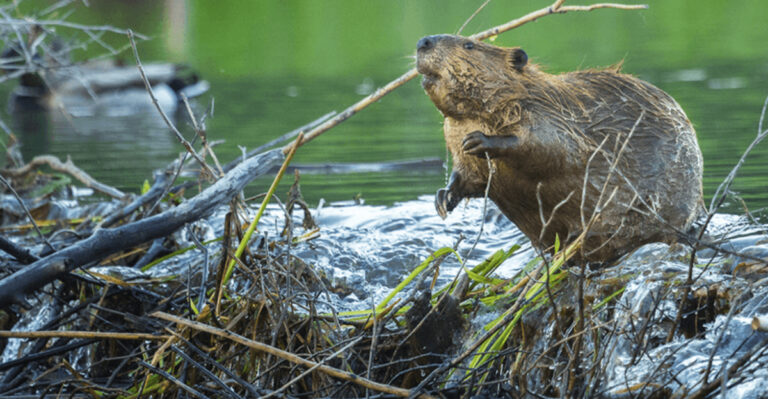15 Domestic Cats That Look Just Like Wild North American Felines
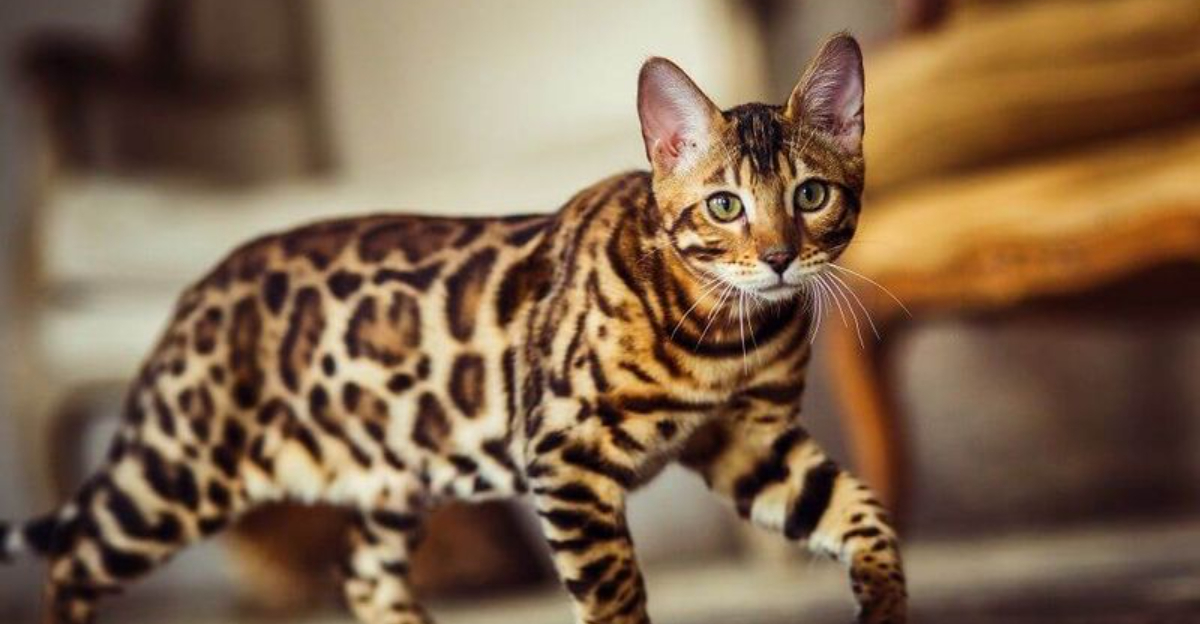
Ever looked at your house cat and thought they resembled a wild beast? Many domestic cat breeds share striking similarities with wild North American felines like bobcats, lynx, and mountain lions.
These mini-predators bring a touch of wilderness right into our living rooms, with markings, body shapes, and behaviors that mirror their untamed relatives.
1. Maine Coon: The Miniature Lynx
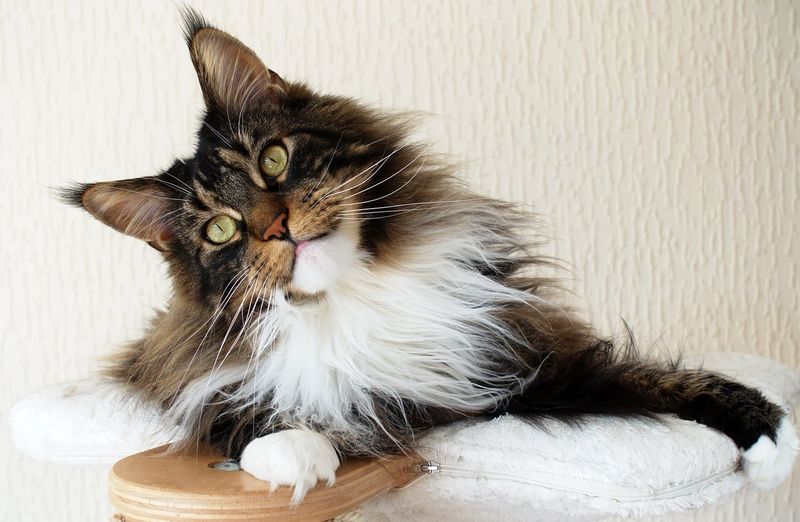
Those tufted ears aren’t just for show! Maine Coons have the signature ear tufts and facial ruff that make them dead ringers for Canada lynx.
Their massive paws, equipped for snow travel, and stocky build complete the wild look. Despite their fierce appearance, these gentle giants are known as the “dogs of the cat world” for their friendly personalities.
2. Pixie-Bob: Bobcat In Disguise

Legend has it these cats resulted from natural matings between bobcats and domestic cats! While genetics disprove this myth, their spotted bellies, bobbed tails, and muscular frames are uncannily bobcat-like.
Pixie-Bobs even sport the same facial markings and sometimes have polydactyl paws with extra toes – just like their wild lookalikes prowling through North American forests.
3. American Bobtail: Backyard Bobcat
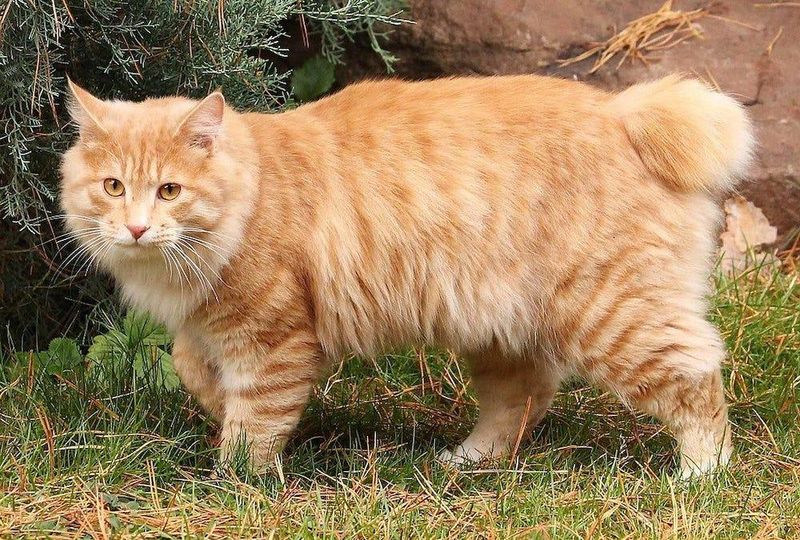
Sporting a distinctive stubby tail that wiggles like a rabbit’s when excited, American Bobtails could easily be mistaken for young bobcats from a distance.
Their hunter-like gait and athletic build further blur the line between wild and domestic. These intelligent felines love playing fetch and solving puzzles, combining wild looks with companion-friendly personalities that bobcat owners would certainly envy!
4. Savannah: Miniature Mountain Lion
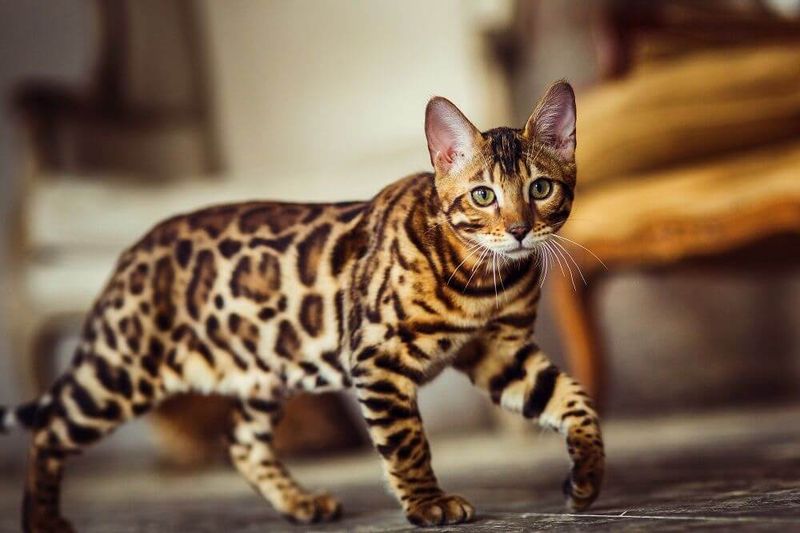
With their tawny coats and long, lean bodies, Savannah cats bear a striking resemblance to mountain lions, especially when glimpsed darting through a backyard.
Their distinctive ear set and predatory stance make the similarity uncanny. First-generation Savannahs can reach up to 20 pounds – not quite cougar-sized but certainly impressive enough to make neighbors do a double-take!
5. Chausie: The Jungle Prowler
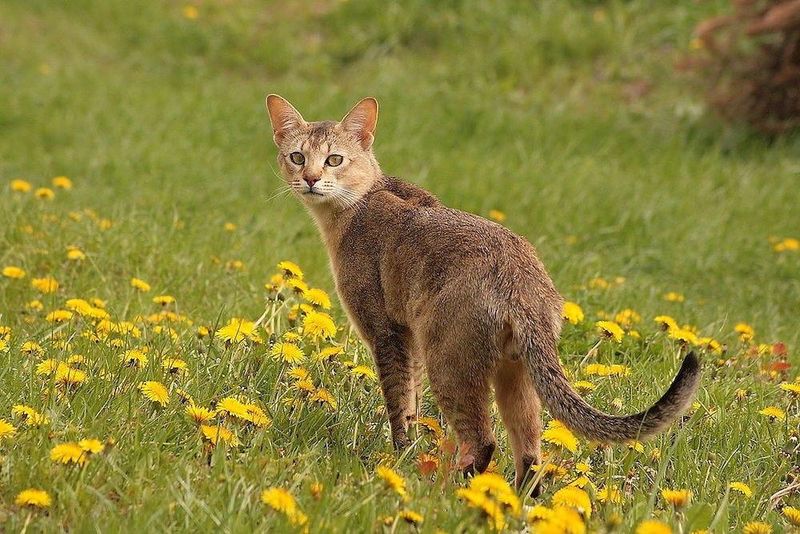
Take one look at a Chausie’s powerful hind legs and you’ll see why they’re compared to small cougars. These athletic jumpers can leap over 6 feet high from a standing position!
Their sleek bodies and often solid tawny coloration mimic the powerful grace of mountain lions. Originally bred from jungle cats, Chausies retain wild instincts while adapting to domestic life – nature’s perfect compromise.
6. Norwegian Forest Cat: Northern Lynx Lookalike

Blanketed in thick, water-resistant fur with a majestic mane, these Nordic beauties could pass for a Canada lynx’s smaller cousin.
Their triangular faces, tufted ears, and substantial size (up to 16 pounds) enhance the wild appearance. Evolved in Scandinavian forests, these cats developed lynx-like features independently – a perfect example of convergent evolution creating similar traits in unrelated species.
7. Bengal: The Spotted Wonder
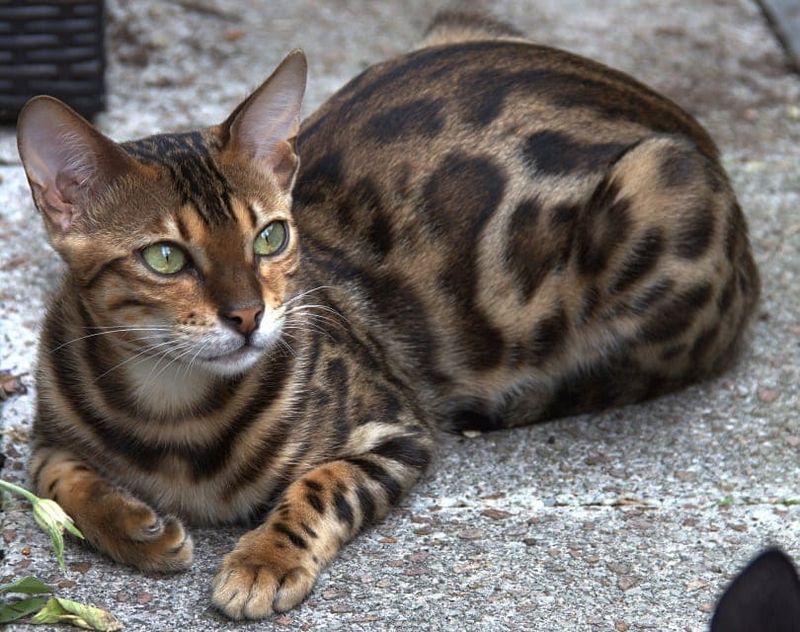
Remember seeing those gorgeous spotted wildcats in nature documentaries? Bengals bring that same dappled coat right into your living room.
Their distinctive rosette markings mirror those of ocelots, though on a smaller scale. Watch a Bengal stalk a toy, and you’ll witness the same liquid movement and intense focus that makes wild felines such effective hunters – just packaged in a more apartment-friendly size!
8. Highlander: Lynx Inspiration
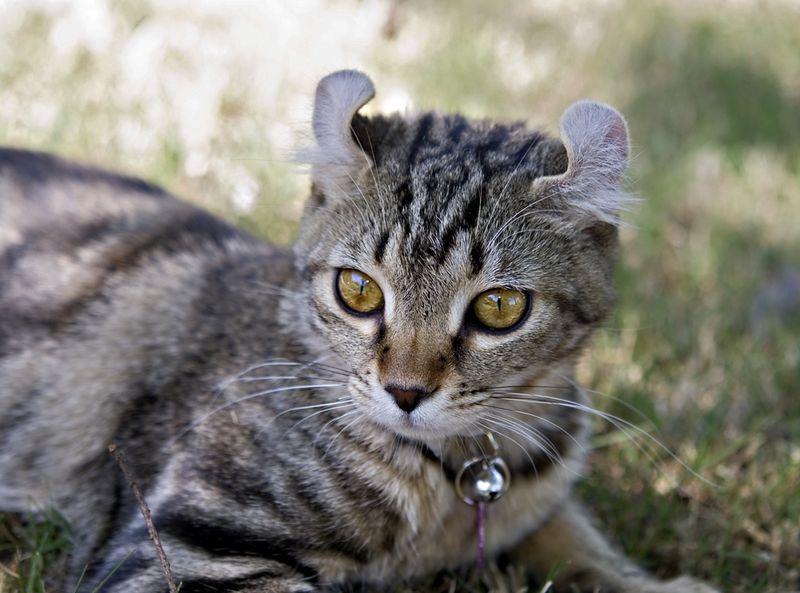
Those backward-curling ears aren’t just adorable – they’re remarkably similar to the alert posture of a lynx scanning for prey!
Highlanders also feature lynx-like facial structures and often have naturally bobbed tails. Their playful antics might seem purely domestic, but watch them pounce on toys and you’ll see hunting behaviors straight from their wild counterparts, executed with surprising precision.
9. Siberian: Forest Phantom
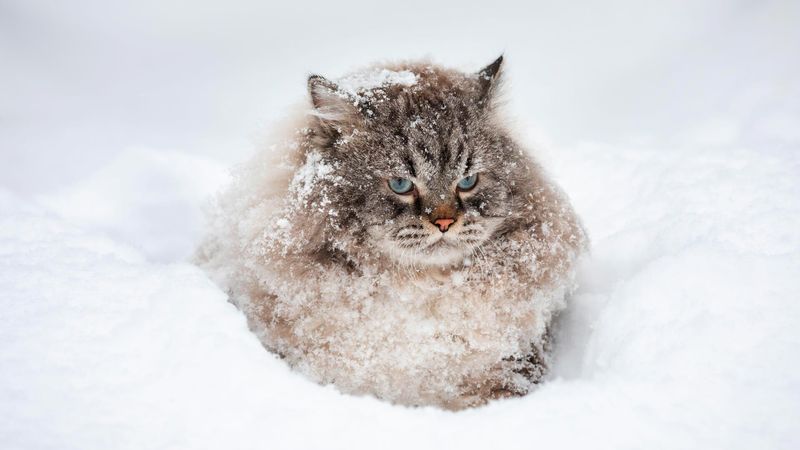
Floating silently through snowy forests, Canada lynx are masters of winter hunting – and Siberians share that same ghostly grace.
Their triple-layered coat creates the same rounded silhouette as their wild cousins. When a Siberian’s winter coat fully develops, complete with substantial neck ruff and tufted ears, the resemblance to a lynx becomes so striking that photos of the two can sometimes confuse even experienced cat enthusiasts!
10. Manx: Island Bobcat
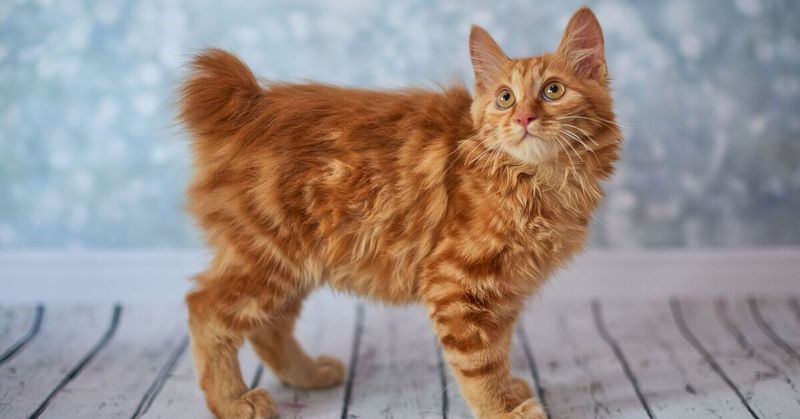
Mother Nature created two different tailless cats – the wild bobcat and the domestic Manx – thousands of miles apart! The Manx’s rounded rump and complete lack of tail (in true Manx specimens) creates an unmistakable bobcat silhouette.
Their powerful hind legs even give them the same distinctive gait and impressive jumping ability as their wild counterparts, despite no direct genetic connection.
11. Desert Lynx: Southwestern Spirit

Despite the name, these aren’t actually lynx hybrids but domestic cats bred to resemble southwestern bobcats with uncanny accuracy.
Their spotted bellies, facial striping, and bobbed tails mirror the patterns of desert-dwelling bobcats. Most impressive are their exaggerated ear tufts and “lynx tips” – those black-tipped ears that serve as visual communication signals in wild populations and look absolutely striking on these domestic mimics.
12. Abyssinian: Mountain Lion Miniature
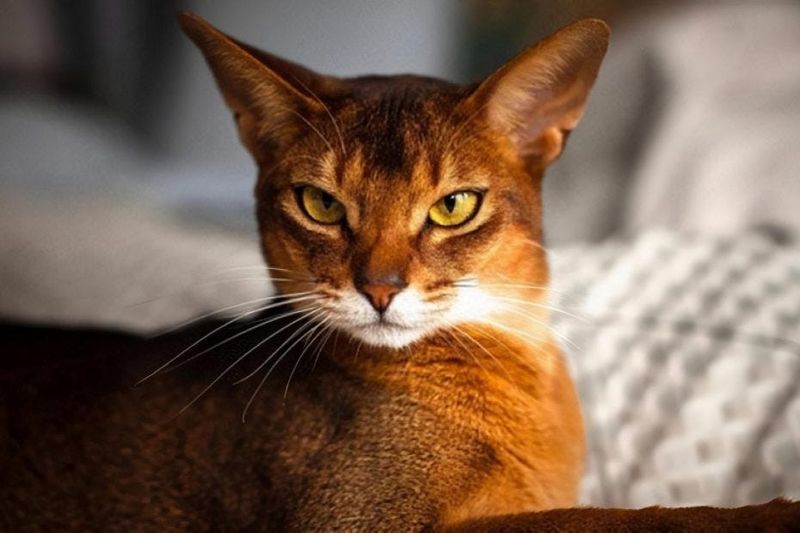
Ever noticed how Abyssinians move? Their fluid grace and ticked coats in warm tawny shades create a miniature version of North America’s mountain lions.
The resemblance goes beyond color – their muscular but lean build and alert, confident carriage mirrors the puma’s athletic form. While mountain lions average 140 pounds, these 8-pound mini-me versions capture the same regal essence in a package that fits comfortably on your lap!
13. Serengeti: Spotted Sprinter
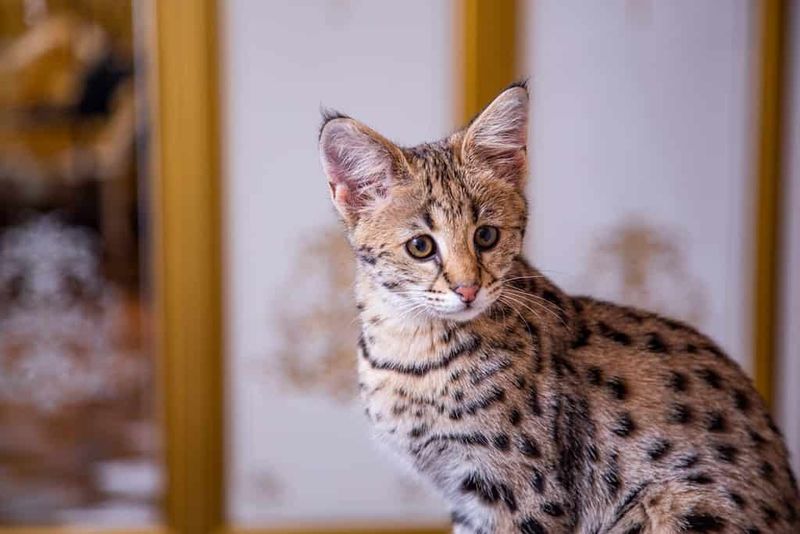
Zooming around the house at top speed, Serengetis showcase the same incredible athleticism as small wild cats. Their spotted coats might remind you more of African servals, but North American bobcats share similar markings.
What’s truly wild-like is their extraordinary jumping ability and intense hunting drive. These domestic speedsters can leap onto refrigerators from standing positions – a skill their wild counterparts would certainly appreciate!
14. Ocicat: Spotted Illusion
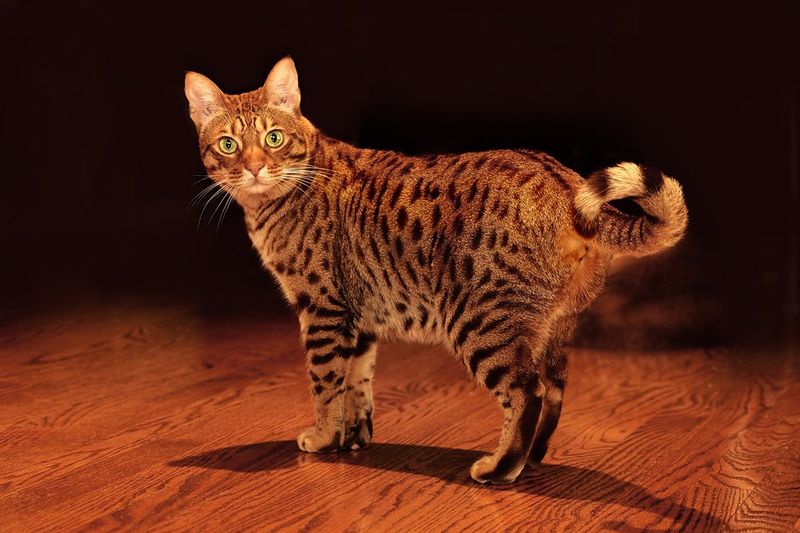
Surprisingly, there’s zero wild DNA in these convincing wildcats! Ocicats were bred from domestic cats to perfectly mimic the spotted coat of ocelots native to southern parts of North America.
Their muscular bodies and distinctive spotted patterns create such a convincing illusion that first-time viewers often assume they’re exotic hybrids. Despite their wild appearance, they’re known for dog-like devotion – something their wild lookalikes definitely don’t offer!
15. Egyptian Mau: Nature’s Speedster
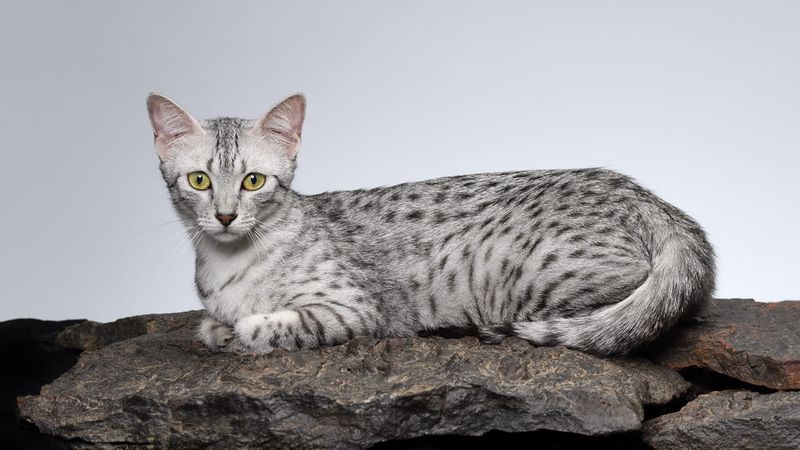
Built for velocity just like swift wild cats, Egyptian Maus are the fastest domestic cats on record! Their spotted coats resemble those of young mountain lions or bobcats.
The distinctive mascara lines extending from their eyes create the same intense predator gaze seen in wild felines. Unlike many spotted breeds created through selective breeding, Maus developed their wild-looking spots naturally over thousands of years – authentic wildcat fashion!

